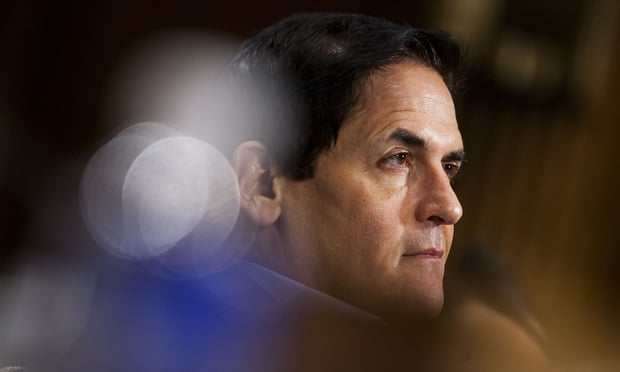Actuary Jac Joubert, along with a pair of Oliver Wyman analysts, say a big new federal risk-management program could pay carriers too much for covering consumers with health problems and too little for covering low-risk people.
The analysts look at how one of the Patient Protection and Affordable Care Act risk management programs might work in a new commentary.
Many carriers are familiar with the "hierarchical condition category" risk-adjustment system that the Centers for Medicare & Medicaid Services already uses to adjust for Medicare Advantage plan enrollee risk, the analysts write.
Recommended For You
In the real world, the existing federal risk-adjustment model tends to lead to overpayments for individuals with high risk scores and underpayments for lower-risk individuals, they say.
If, for example, an issuer gets a 20 percent share of the health insurance market and attracts 5 percent fewer members with HCCs than its competitors, that could cut its operating margin by 3.4 percent, the analysts estimate, based on a review of a batch of actual Medicare Advantage market data.
Because risk adjustment can have such a big effect on margins, carriers eventually might see getting the risk scores right as a key part of their operating strategy, the analysts say.
© 2025 ALM Global, LLC, All Rights Reserved. Request academic re-use from www.copyright.com. All other uses, submit a request to [email protected]. For more information visit Asset & Logo Licensing.







